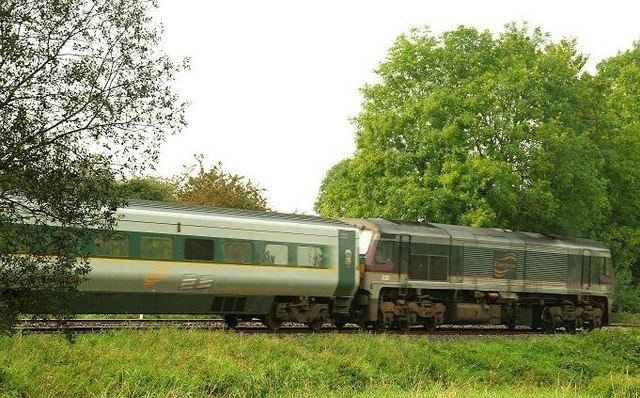 | ||
The Dublin–Belfast corridor (population 3.3 million) is a term used to loosely describe a geographical area that encompasses the cities of Dublin and Belfast and the area between. The term has been used in papers regarding planning strategies in the area, with the aim of capitalising on the expanding economies of both cities.
Contents
Economy
The main economic engines of the region are the Greater Dublin Area and the Belfast Metropolitan Area. Greater Dublin has a GDP of around €85 billion (2012) while Belfast Metropolitan Area has €30 bn (2013) giving a total regional GDP of €115 bn.
Third level institutions
Infrastructure
The main route linking the two cities is along the M1 and N1 in the Republic of Ireland and the A1 and M1 in Northern Ireland.
There is also the Enterprise train service connecting the two city regions.
There are three major airports; Dublin Airport (25 million passengers; 2008), Belfast International Airport (5 million passengers; 2007) and Belfast City Airport (2 million passengers; 2007) which together deal with 30 million passengers each year.
The city is served by the Dublin Suburban Rail network, Dublin Bus network, Luas tram network, Dublin Area Rapid Transit and the planned Metro North and Metro West.
The city is served by the Belfast Suburban Rail network and Metro (Belfast) bus service. A rapid transport system is also planned for Belfast in the near future.
